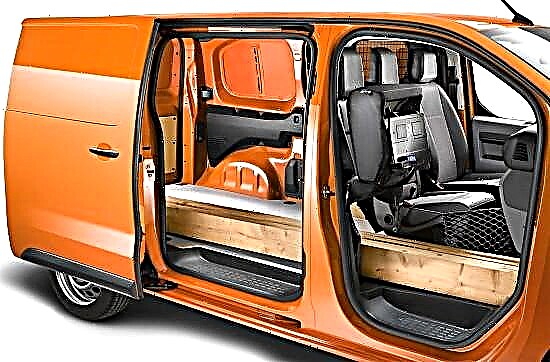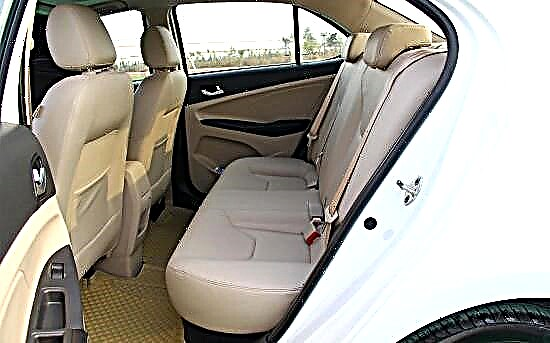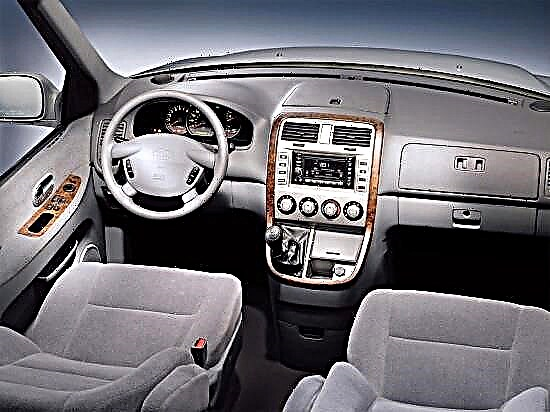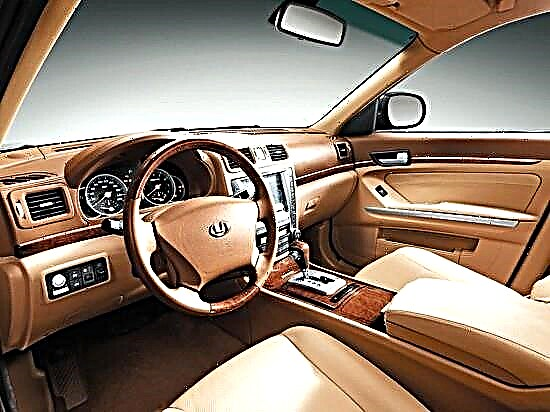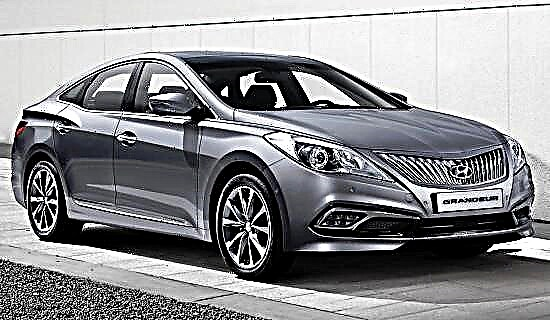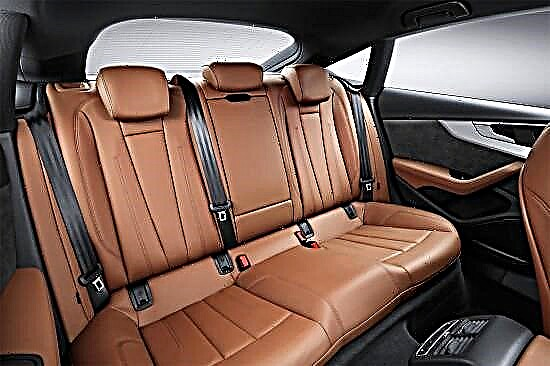Among the auto giants of the “big three”, Chrysler has always stood out for its “non-standard” design and design solutions. Once again, he proved it at the 1999 Detroit Auto Show - where the show of a unique car - "PT Cruiser" took place.
Realizing the complexity of the classification of this car, stylized as a "fastback sedan of the forties of the last century", the company came up with the abbreviation "PT" - "personal transport".

With its appearance, the Chrysler PT Cruiser immediately makes it clear that it is "not for dull clerks" - its exterior is so extravagant. The front part with the protruding wings of the "little truck", the roof sloping forward and the chopped off stern - everything is emphatically reminiscent of "pre-war automotive trends."
At the same time, it is important to note that the extraordinary appearance of the Chrysler PT Cruiser was so much to everyone's "taste" that in 2005, when "the time for updates has come," the designers were afraid to make drastic changes - limiting themselves to only light facelifts.

So, by 2006, the updated "PT Cruiser" received a new "branded-Chrysler" grille with horizontal slots and a winged emblem, chrome cladding (discs, moldings, fuel filler flap), modified rear optics and spoiler (significantly improved aerodynamic characteristics).

By the way, it should be noted that such a unique design significantly limits visibility - through the low windshield it is impossible to see the "close traffic light", and the driver has to "guess" about the dimensions of the long hood and low protruding fenders. It is also "useless" to look around in the salon rear-view mirror - the head restraints completely cover the small glass of the rear door. And in the Chrysler PT Cruiser Cabrio version, the folded soft roof still does not fold into the trunk, but simply lies on the surface.

An attempt to improve visibility, perhaps, justifies a high, but at the same time not very comfortable, landing. In addition, both the front and rear seats are quite hard here. In addition, the only disadvantages can be attributed to the "traditionally hard and cheap" plastic trim ... otherwise the interior of the Chrysler PT Cruiser is an example of "taste", "own style" and, oddly enough, functionality.

A retro feel is evident in every detail of the Chrysler PT Cruiser interior - the four-spoke steering wheel, gear selector lever (with round chrome knob) and the analog clock with the Chrysler emblem. Only now, due to the design of the steering wheel, it can be problematic to use the paddle shifters. Round wells of the dashboard with "archaic" dials, while they have quite "futuristic" illumination ... and in the "top" configuration (including full power accessories, cruise control and Hi-Fi audio system) - we easily return to modern reality. The only thing that seems "controversial" here is the placement of the power window buttons on the center console.
The rear row of seats not only has a folding back, but the whole can be folded (and attached to the front seats) - thus, the already not small, luggage compartment volume of 620 liters grows to 1800 liters.

At the same time, additional niches and boxes are hidden in the flat floor and side walls, as well as a 12V socket (of which there are three in the car - one more is located next to the central cup holders, and the latter replaced the "cigarette lighter" (by the way, in "health care" , ashtrays are also not provided here)).
Speaking about the technical characteristics of the Chrysler PT Cruiser, it should be noted that this front-wheel drive car was equipped with a wide range of four-cylinder power units - five petrol options and two diesel options (only petrol options were offered for the convertible, with the exception of the "junior"):
- The "youngest" is a gasoline 1.6-liter "aspirated" 115 hp. (at 5600 rpm) and 157 N • m (at 4550 rpm)
- Next comes the 2.0-liter petrol "aspirated" with a capacity of 141 hp. (at 6000 rpm) and 188 N • m (at 4350 rpm)
- The atmospheric 2.4-liter unit is capable of delivering 143 hp. (at 5250 rpm) and 229 N • m (at 4000 rpm)
- Turbocharged 2.4-liter engines, depending on the degree of "boost", are capable of:
- 182 h.p. (at 5200 rpm) and 285 N • m (at 2800 rpm)
- 223 h.p. (at 5100 rpm) and 332 N • m (at 3950 rpm)
- Diesel 2.1-liter turbocharged:
- "Eight valve" - 121 hp (at 4200 rpm) and 300 N • m (at 1600 rpm)
- "Sixteen valve" - 150 hp (at 4000 rpm) and 300 N • m (at 1600 rpm)
Each of these engines can be paired with a 5-speed "mechanics", and only 2.0 and 2.4-liter petrol engines are equipped with a 4-speed "automatic".
The dynamics of petrol versions fluctuates in the range of 13.5 ~ 7.0 seconds "up to a hundred", the maximum speed is 176 ~ 193 km / h, and the average consumption is 8 ~ 11 liters per 100 km. Diesel engines pick up the first hundred in 10 ~ 12 seconds, accelerate to a maximum of 183 km / h, consuming an average of 7 liters of fuel.
The first 1.6-liter 116-horsepower is paired with a five-speed manual transmission and accelerates to a hundred in 13.5 seconds. The second 2.4-liter engine with 143 hp. certainly faster, but 10.3 seconds to hundreds for a one and a half ton car is not an indicator. Although there are no complaints about the operation of the four-stage "automatic machine".
I would like to note, according to the results of the "small test drive", that: "automatic" of course "does not impress" with dynamics, but there are no objective complaints about its work; but the sound insulation is rather weak here - at high revs "the sound of a roaring engine fills the interior"; the suspension is "typically American" - soft and, as a result, roll; the brakes are commendable - very grippy.
Prices for Chrysler PT Cruiser in 2016 (for the "secondary" market of Russia) fluctuate in the range of 200 ~ 600 thousand rubles (the cost of a particular instance, of course, largely depends on: condition, year of manufacture and level of equipment).



